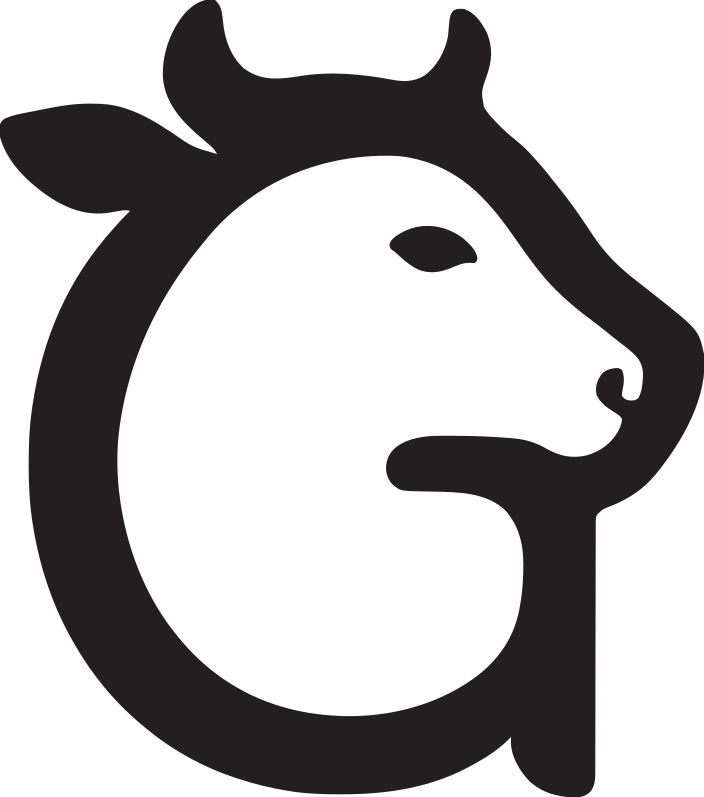Gangatiri Cow
Bos taurus indicus
The Gangatiri breed, found along the sacred Ganga river basin, represents one of India's most resilient and well-adapted indigenous cattle breeds. These animals have evolved exceptional disease resistance and environmental adaptation, thriving in the flood-prone alluvial regions of Uttar Pradesh and Bihar. Gangatiri cattle are highly valued for their dual-purpose nature and their remarkable ability to maintain health and productivity in challenging riverine conditions.

Key Highlights
Superior disease resistance and immunity
Excellent adaptation to flood-prone areas
Dual-purpose breed for milk and draught work
Thrives in alluvial soil regions
Conservation priority with unique genetic traits
Physical & Production Characteristics
Physical Traits
Milk Production
Children of the Sacred Ganga
The Gangatiri breed has evolved along the fertile banks of the Ganga river, adapting to the unique challenges and opportunities of riverine agriculture. For generations, these cattle have been essential to farming communities in the Gangetic plains, providing both milk and draught power while withstanding the region's monsoon floods and humid conditions. The breed's name reflects its close association with the Ganga basin, where it has developed remarkable traits for surviving in flood-prone areas and thriving on the rich alluvial soils.
Sacred Guardians of Ganga Basin
Gangatiri cattle hold special significance in the spiritual and cultural landscape of the Ganga basin. These animals are considered blessed due to their association with the sacred river and are often featured in religious ceremonies and festivals. Rural communities along the Ganga revere these cattle for their ability to survive floods and continue providing for families even in the most challenging times. The breed symbolizes resilience and divine protection in the face of natural calamities.
A2 Milk Health Benefits
Gangatiri Cow produces superior quality A2 milk with numerous health advantages
Rich in minerals from alluvial soil nutrition
Enhanced immunity due to natural disease resistance
Good digestibility with regional dietary compatibility
Traditional therapeutic uses in riverine communities
Balanced protein content adapted to local needs
Natural probiotics supporting gut health
Conservation Status
Current Threats:
- •Habitat loss due to river management projects
- •Crossbreeding reducing genetic purity
- •Declining traditional riverine farming practices
- •Competition from exotic breeds
Conservation Efforts:
- •State government conservation initiatives in UP and Bihar
- •Research on flood-adaptation traits
- •Gomini breed preservation through adoption programs
- •Community-based breeding programs in riverine areas
Geographic Distribution
Help Preserve the Gangatiri Cow Heritage
Join thousands of families in conserving India's sacred indigenous breeds through Gomini's cow adoption program
